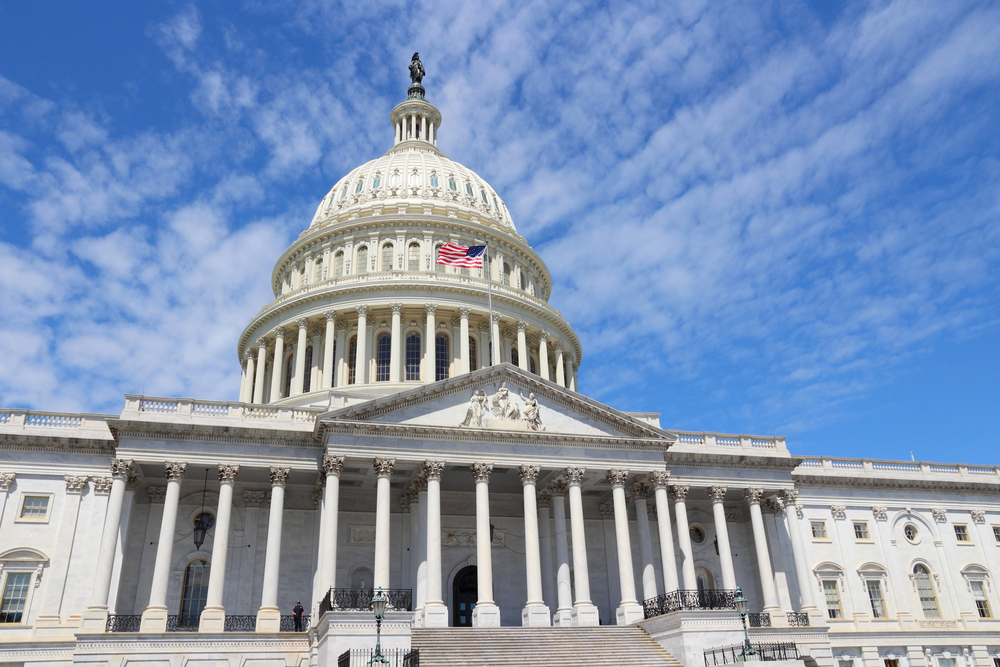Severe Convective Storms Lead Concerns for Insurers
The vast majority of insurance company executives view severe convective storms (SCS) as the leading threat to their balance sheets, according to a Demex survey.
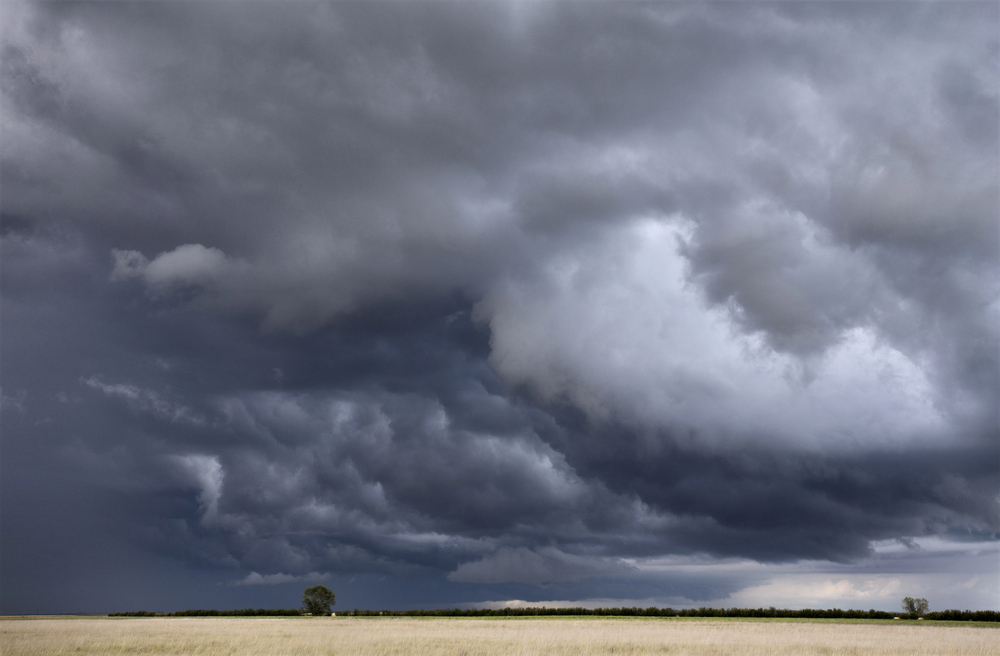
The vast majority of insurance company executives view severe convective storms (SCS) as the leading threat to their balance sheets, according to a Demex survey.

The “Fix Our Forests Act of 2025,” which will improve forest management, reduce wildfire risk and protect critical infrastructure, was passed out of a U.S. Senate committee.

September highlighted the impact of nuclear and thermonuclear verdicts on the commercial auto market, signs of improvement in the property & casualty industry, and the Big “I” welcoming Angela Ripley as the new chair.

Homes at risk during the 2025 wildfire season represent a combined reconstruction cost value of $1.3 trillion.
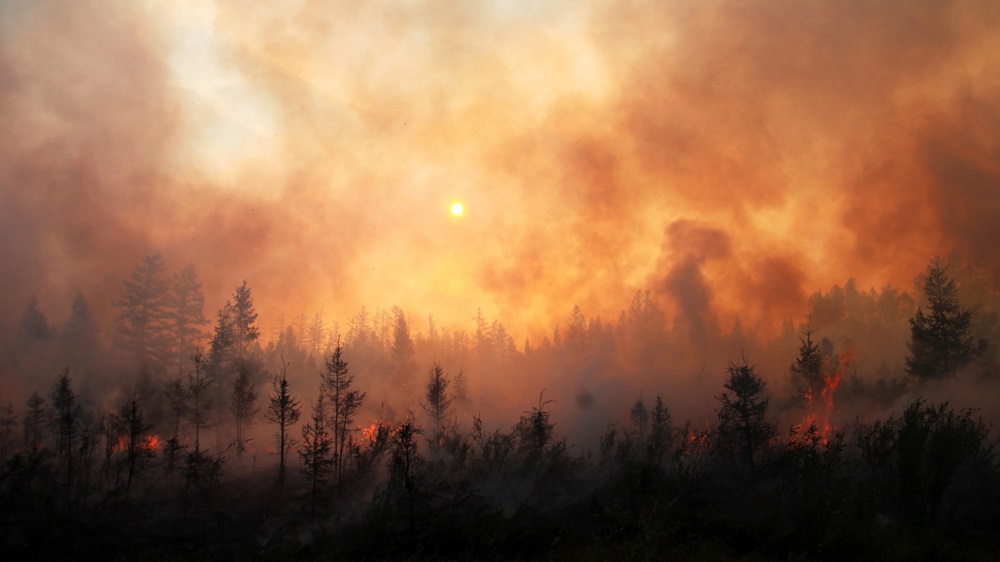
Nearly 85% of single-family homes at risk of flooding in the U.S. carry insufficient coverage, leaving households vulnerable to thousands of dollars in out-of-pocket costs, according to Neptune Flood.

During the hearing, a bill was formally introduced to streamline disaster assistance programs to accelerate aid to survivors and encourage states to invest in disaster mitigation efforts.

This year’s hurricane season, which started on June 1, has a 60% chance of above-normal activity, with 13 to 19 named storms expected.
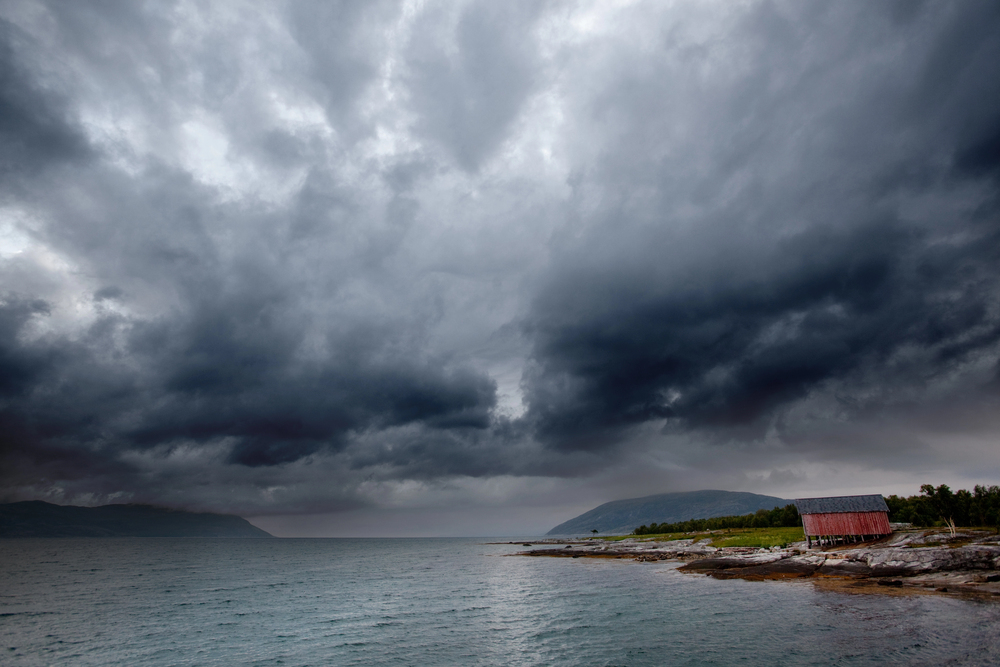
2024 saw the second-highest amount of tornadoes on record and 2025 is predicted to continue above-average activity. One weekend alone in mid-May caused $9 billion-$11 billion in damage.
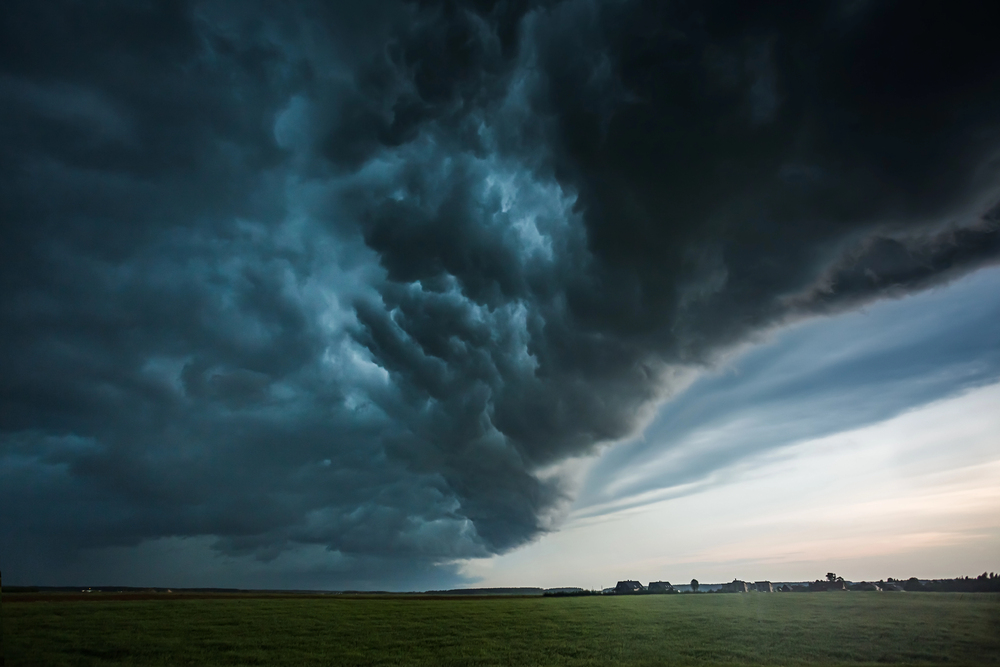
Despite rising concerns, 26% of commercial property owners admit to knowingly carrying inadequate insurance coverage to account for severe weather events, an 8-point increase from 2023.
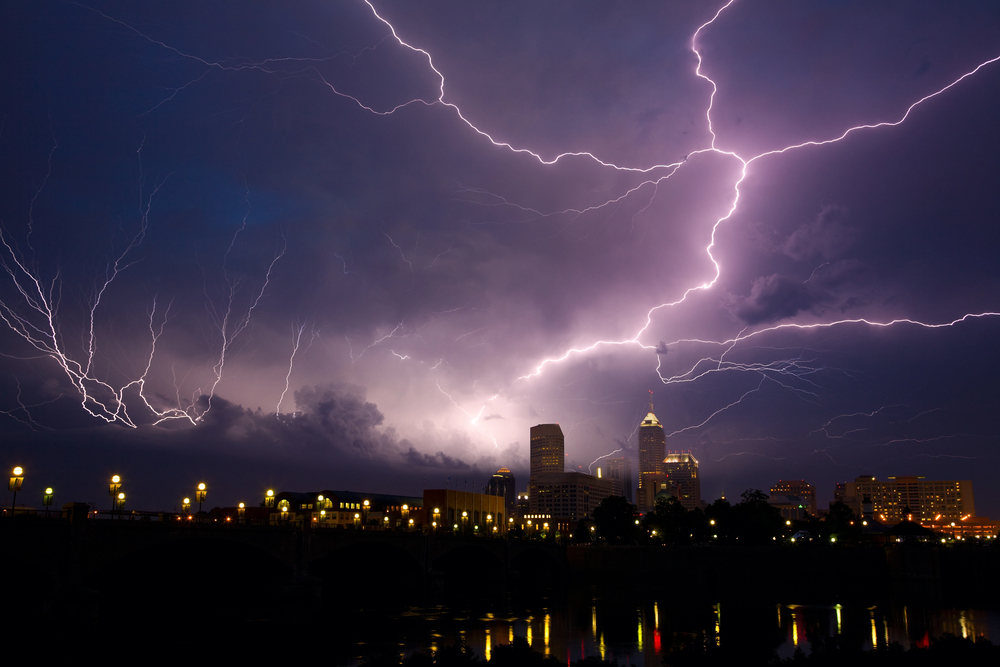
Momentum has been building in the U.S. Senate where several new bipartisan proposals aim to improve forest management, reduce wildfire risks and strengthen disaster resilience.
